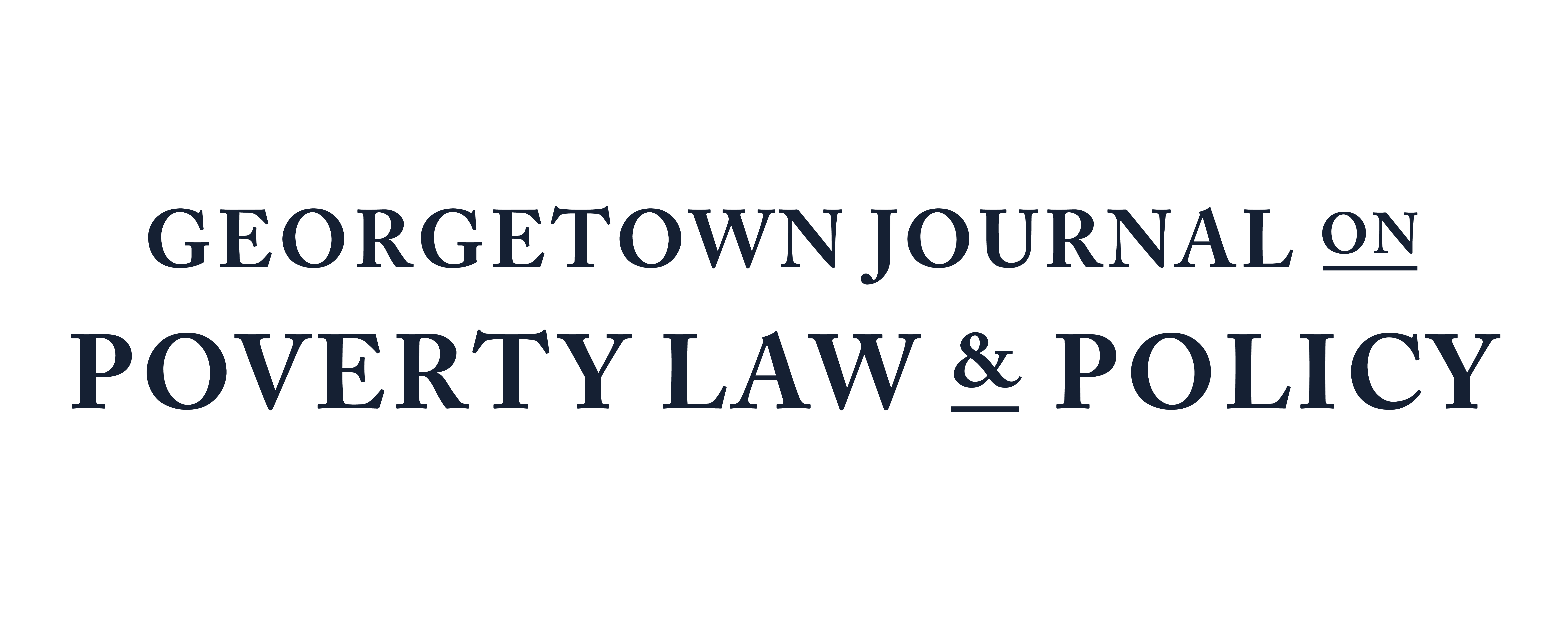Tariffs Hit Low-Income Households Hardest, Pose Constitutional Questions
April 12, 2025 by Thomas Franck
The Trump administration’s adoption of import taxes, commonly known as tariffs, will have a disproportionate effect on the cost of living for low-income households. It also revives questions about which branch of the U.S. government the Constitution empowers to levy tariffs.
The White House has imposed its heaviest tariffs—a 145 percent duty in total—on China as the Trump administration attempts to reduce what it deems a harmful bilateral trade imbalance responsible for the offshoring of manufacturing jobs. The burgeoning trade war between the two nations promises to center around Chinese exports of electronic equipment, computers, batteries, clothing, and toys.[1]
As an initial matter, economists are virtually unanimous in the conclusion that tariffs stoke inflation.[2] Federal Reserve Chairman Jerome Powell, a Trump appointee and one of the most influential economists in the world,[3] said earlier in April that the proposed tariffs are “significantly larger than expected” and that “[t]he same is likely to be true of the economic effects, which will include higher inflation and slower [economic] growth.”[4]
Inflation spells more economic pain for those who consume—as opposed to save or invest— a high percentage of their income. The difference in household grocery spending illustrates the impact of inflation, as households in the lowest income quintile spent an average of $5,278 on food in 2023, which represented 32.6 percent of their after-tax income.[5] Meanwhile, households in the highest income quintile spent an average of $16,996 on food, but that sum represented only 8.1 percent of their after-tax income.[6] Therefore, tariffs on food products have a disproportionate impact on the daily budgets of low-income households.
Further, higher-income households that can invest a portion of their income are better equipped to weather inflation because their wealth is invested in assets that appreciate in tandem with broader inflation, such as stocks and real estate.
Though price acceleration has yet to materialize—the Labor Department reported Thursday that consumer inflation cooled to a 2.4 percent annual rate in March from a 2.8 percent rate in February[7]—the vast majority of President Trump’s proposed tariffs had yet to take effect as of the time this post was published.[8]
The Trump administration’s tariff blitz also poses notable constitutional questions. For most of U.S. history, Congress has led all efforts to impose taxes on imported goods pursuant to the powers granted to it under Article I, Section 8. Though the legislature has occasionally delegated those powers to the president, it has never done so absent specific limits and directives, or under exceptional circumstances.
Section 232 of the Trade Expansion Act, for example, grants the president the authority to modify tariffs on imports that pose threats to U.S. national security interests.[9] In a similar way, Section 203 of the Trade Act of 1974 empowers the president to raise tariffs on a temporary basis when the International Trade Commission finds a sudden swell in imports has caused or threatened serious injury to a U.S. industry.[10]
While President Trump has cited these statutes on occasion in adjusting tariffs rates,[11] the ease with which he has imposed or hiked import taxes during his second term reveals the extent to which this power has shifted from the cabined, piecemeal congressional delegations and executive actions of the twentieth century to an expansive political and negotiating tool levied with a stroke of a pen.
[1] BUREAU OF INDUS. & SEC., U.S. DEP’T OF COM., U.S. TRADE WITH CHINA 2022 at 1 (2023), https://www.bis.doc.gov/index.php/country-papers/3268-2022-statistical-analysis-of-u-s-trade-with-china/file.
[2] See, e.g., Josh Schafer, JPMorgan Becomes the First Wall Street Bank to Forecast a US Recession Following Trump’s Tariffs, YAHOO! FINANCE (Apr. 4, 2025, 6:20 PM ET), https://finance.yahoo.com/news/jpmorgan-becomes-the-first-wall-street-bank-to-forecast-a-us-recession-following-trumps-tariffs-222019272.html; How Tariffs Are Forecast to Affect US Stocks, GOLDMAN SACHS (Feb. 7, 2025), https://www.goldmansachs.com/insights/articles/how-tariffs-are-forecast-to-affect-us-stocks; Tariffs Could Jeopardize Growth Outlook and Rate Cuts, MORGAN STANLEY (Apr. 3, 2025), https://www.morganstanley.com/insights/articles/trump-tariffs-fed-interest-rate-uncertainty-2025-outlook; Larry Summers Predicts US Recession, 2 Million Job Losses, NEWSWEEK (Apr. 9, 2025), https://www.newsweek.com/larry-summers-recession-trump-tariff-2057306.
[3] See Greg Ip, The Fed’s Emergence as a Power Player Poses New Risks to Its Independence, WALL ST. J. (Apr. 10, 2020), https://www.wsj.com/articles/the-feds-emergence-as-a-power-player-poses-new-risks-to-its-independence-11586559527 (explaining that the Fed’s effective monetary action during the early days of the COVID-19 pandemic “illustrates the sweeping new influence the central bank has over the economy.”).
[4] Jeff Cox, Powell Sees Tariffs Raising Inflation and Says Fed Will Wait Before Further Rate Moves, CNBC (Apr. 4, 2025), https://www.cnbc.com/2025/04/04/powell-sees-tariffs-raising-inflation-and-says-fed-will-wait-before-further-rate-moves.html.
[5] MEGAN SWEITZER & VICTORIA DAVIDENKO, U.S. DEP’T OF AGRIC., FOOD SPENDING AS A SHARE OF INCOME DECLINES AS INCOME RISES (2024), https://www.ers.usda.gov/data-products/chart-gallery/chart-detail?chartId=58372.
[6] Id.
[7] Consumer Price Index Summary, BUREAU LAB. STAT. (Apr. 10, 2025, 8:30 AM ET), https://www.bls.gov/news.release/cpi.nr0.htm.
[8] Talya Minsberg, A Timeline of Trump’s On-Again, Off-Again Tariffs, N.Y. TIMES, https://www.nytimes.com/2025/03/13/business/economy/trump-tariff-timeline.html (Apr. 10, 2025).
[9] 19 U.S.C. § 1862.
[10] 19 U.S.C. § 2253.
[11] See, e.g., Proclamation No. 10908, 90 Fed. Reg. 14705 (Mar. 26, 2025).

